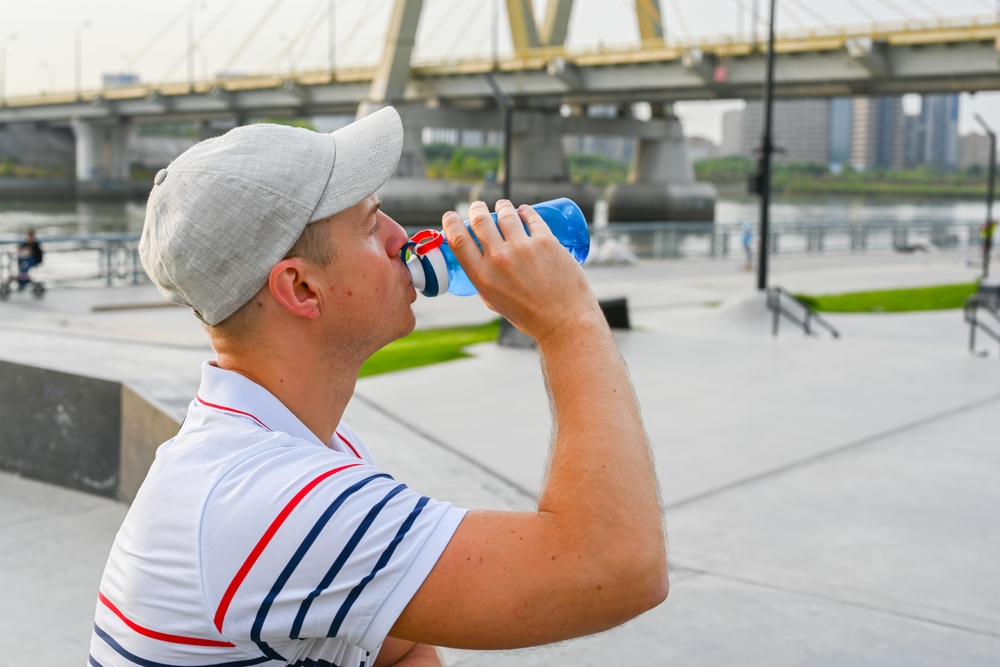Traveling is all about experiencing new places, but one thing you might not consider is the water you drink. In many countries, what seems like a harmless sip can lead to serious health issues. That’s why understanding water safety when abroad is so important.
In this guide, we’ll cover the key things to avoid when drinking water in foreign countries so you can stay healthy and enjoy your trip to the fullest.
Why Drinking Water Abroad Can Be Risky

Drinking water abroad can be risky, even if it looks clean. The water might contain harmful bacteria, viruses, or parasites that your body isn’t used to, which can cause illnesses like traveler’s diarrhea or cholera. Locals may not get sick because they’ve built up immunity, but you’re more vulnerable as a traveler.
These risks are higher in developing countries where water treatment isn’t always reliable. Even in some urban areas, tap water might not be as safe as you’re used to at home. Knowing these risks helps you stay healthy and enjoy your trip without worry.
Read: Travel Expert Rick Steves Reveals Prostate Cancer Diagnosis
Mistakes to Avoid When Drinking Water Abroad
Many travelers make mistakes with water abroad. Learn how to avoid these common problems in the section below:
Assuming Tap Water is Safe Everywhere
Don’t assume all tap water is safe. While it’s generally safe in places like the U.S. or Western Europe, tap water can contaminate many parts of Asia, Africa, and Latin America. Always check local water safety before drinking.
Ignoring the Source of Bottled Water

Bottled water can be risky if the seal is broken or from an unknown source. Some sellers refill bottles with tap water and reseal them. Buy bottled water from trusted brands and check the seal before drinking.
Overlooking Ice and Beverages Made with Water
Ice in drinks can be made from unsafe tap water. Even if you’re careful with bottled water, ice or drinks like smoothies and juices might still be risky. Make sure ice and water used in beverages are from safe sources.
Ignoring the Source of Water in Food Preparation
Fruits and salads might be washed with unsafe water, which can carry germs. In places where water quality is questionable, it’s better to choose cooked foods or fruits that you can peel, like bananas or oranges.
Read: The Biggest Safety Mistakes People Make When Traveling Solo
How to Ensure Water Safety Abroad
Stay safe by following these simple tips for drinking water while traveling.
Tip 1: Stick to Bottled or Filtered Water
The safest choice is bottled water, but make sure it’s from a trusted brand with a sealed cap. If bottled water isn’t available, carry a portable water filter or purification tablets. These tools can make local water, especially in remote areas, safe to drink.
Tip 2: Boil Water When in Doubt
Boiling water is an easy and effective way to kill germs. If you’re unsure about the water’s safety, cook it for at least one minute. It is a great backup if bottled water isn’t around.
Tip 3: Use Water Purification Methods

Besides boiling, you can purify water using UV purifiers, chlorine drops, or portable filters. UV purifiers kill germs with light, chlorine drops disinfect in about 30 minutes, and portable filters remove particles and some bacteria. Pick the method that works best for your trip.
Tip 4: Be Careful with Local Beverages
Stick to drinks made with safe water or sealed bottles or cans. Even alcoholic drinks can be risky if mixed with local water or ice. If you’re not sure, ask how the drink was made.
Tip 5: Avoid Raw Foods Washed with Tap Water
Raw salads and fruits might look healthy, but washing them with tap water can be risky. Choose cooked foods or fruits you can peel, like bananas or oranges, which are safer options when you’re worried about water quality.
Read: The Worst Times to Travel: Avoid These High-Risk Seasons
Traveler Experiences: When Water Safety Goes Wrong
Read real stories from travelers who faced water-related illnesses and what they learned.
Many travelers have gotten sick from unsafe water. For example, one traveler in South America drank bottled water that had been refilled with tap water and ended up with a stomach infection. Another African traveler ate a salad washed with dirty water and got food poisoning, ruining the rest of their trip. In another case, a couple in Mexico got severely ill after drinking from what they thought was a filtered water jug in their hotel, only to find out later that the filter hadn’t been properly maintained.
These stories show how important it is to be careful with water and food when traveling. By learning from others’ mistakes, you can stay healthy and enjoy your trip without problems.
Additional Tips and Resources for Safe Drinking Water Abroad
Staying informed helps you avoid getting sick from unsafe water. Use these resources below to keep safe during your travels:
CDC Travel Guidelines: Check the Centers for Disease Control and Prevention for the latest advice on water safety. They offer country-specific recommendations to help you know what precautions to take.
WHO Recommendations: The World Health Organization provides clear guidelines on safe drinking water worldwide. Their recommendations include information on what to watch for and how to stay safe in different regions.
Travel Health Insurance: Consider purchasing travel insurance that covers waterborne illnesses. This insurance can offer financial protection and access to medical care if you get sick from contaminated water.
Avoid using tap water where it’s unsafe when drinking water abroad, skip ice cubes made from tap water, and don’t drink water directly from rivers or lakes. Be cautious and choose bottled water or water purification methods to stay safe. If you found these tips helpful, please share this article or subscribe for more travel safety advice.






